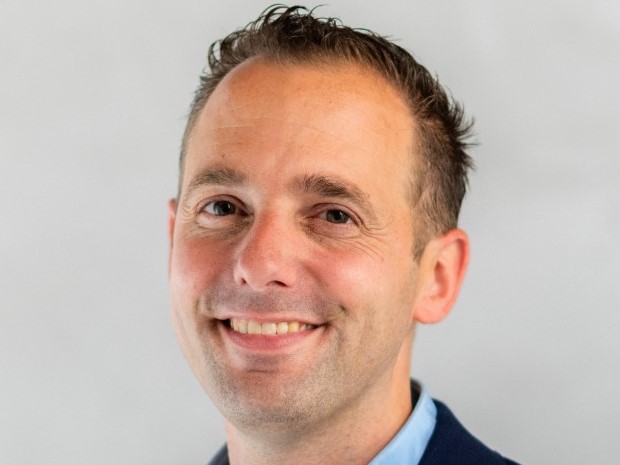The contribution below is from an external party. The editors are not responsible for the information provided.
Blog – Almost every organization realizes that generative AI (Gen-AI) is no longer temporality, but a strategic development that deserves serious attention. Whether it concerns tools such as Chatgpt and Copilot, or about Gen-AI-Maatwerkzoemen that can be integrated into existing business processes and applications: the question is no longer either, but how you as an organization will work with this.
Yet ‘how’ in practice is exactly where the challenge lies. Many organizations feel the pressure ‘wanting something to do with Gen-AI’, but do not know where to start. There is doubt about the right approach, a lack of in -depth knowledge, worries about compliance, costs, safety and ethics, and often simply choice stress due to the fast -growing range of tools, models and platforms. This leads to procrastination, where there is a risk that opportunities are missed.
What is striking is that many organizations that struggle struggle to stick to the idea that they first have to find the perfect use case. One application that is technically feasible, organization wide relevant and immediately profitable. That search for the holy grail of Gen-AI sounds logical, but in practice it is rarely successful. Take the implementation of gene-ai in your customer interaction chatbot. Crucial that the output is in line with the Company tone of Voice And immediately scoring in time to use this as the first use case. Precisely because Gen-AI does not always be predicted and behaves differently in every context, it is more important to gain experience than to think everything in advance. The learning process is more important than the perfect use case.
Success
Organizations that are already successful with Gen-AI have one thing in common: they have started. Often small, sometimes awkward, but always with the intention to learn. And that leads to success.
Experimenting leads to valuable insights. Not only about what is possible technically, but also about the impact on people, processes and even entire business strategies. Because Gen-AI not only changes what we do, but also brings new things. Ultimately it affects all layers of your organization. An iterative approach – Fail Fast, Learn Faster – is therefore not a risk, but a strategically sensible route.
Start
How do you start? With small practical, defined use cases, preferably not in the primary process. Think of things like:
- Reading in unstructured data from various types of documents and converting them to structured data, possibly with a human intervention check before the underlying systems goes into it;
- Semantic search in company data, simply in natural language to be able to understand large quantities of unstructured or complex data;
- Automatic support in writing texts, software code or product descriptions;
- Summarizing and consolidating reports with the help of Gen-AI.
These types of applications are clear, verifiable and quickly deliver learning moments without major risks with negative impact even if the first results are not perfect.
Learning route
Cloud platforms such as AWS with services such as Amazon Bedrock make this learning route more accessible than ever. Without large investments or complex infrastructure you can experiment with different Foundation Models From Anthropic to Meta, from Amazon Nova to Mistral. Such platforms also offer controls and Guardrails To keep the risks surrounding Gen-AI under control
Model freedom, combined with many additional features against one Pay-Per-Use-Model, makes it possible to build up experience quickly and cost -efficiently. In this way you not only develop technological lead, but also the internal skills and mindset that are needed to make a sustainable use of Gen-AI.
In short, don’t wait for that one perfect application. Start small, learn quickly, and convert your organization step by step into a ai-ready-Organization because in the world of gene-ai the following applies: the learning process is more valuable than the use case with which you started.
Jeroen Jacobs, Commercial Director Cloudar





